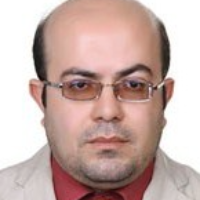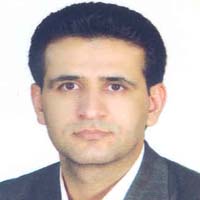An Insight Study on the Distribution of Inpatient Beds in Hospitals: Iran, 2035
Health system management in Iran requires changes in health care system for population that goes to aging and are faced with changes in diseases patterns. One of these needs is the fundamental changes that must be made in the near future in the distribution of inpatient beds based on the needs of society. The purpose of this study was, therefore, to foresight the distribution of hospitals inpatient beds over the next 20 years.
This study is a applied research. At first, the age and sex structure of Iranian population was investigated and predicted through using data from census and mathematical methods. Then the rates of general groups of causes of death were calculated for the years of study and their 20-year trends were predicted using Lee-Carter's model. Next, based on the related data, the number of hospital beds were calculated by means of linear regression. To analyze the data, the demographic package of 18. 1 in R software, version 3. 3. 1, was adopted.
It was found that while in 2006, the population over 60 years comprised 7. 3% of the total population, until 2035, the growth of the elderly population in Iran will be on the rise; so much so that and it is estimated that in year 2035, it will reach 17 percent of the population. Endocrine, nutritional, and metabolic diseases will have the greatest increase in the rate of death in the general population from 2006 to 2035, with an increase of 1878. 52 in 1000 people. Accordingly, the number of hospital beds with the highest and the lowest fertility assumptions will be 160,687 and 157,208 beds, respectively.
The findings indicate that over the next 20 years, the elderly population of Iran will increase and non-communicable diseases will account for a large percentage of the diseases and causes of death. Therefore, proper and accurate planning and policies are essential to meet the society needs, especially in the treatment sector for the allocation of beds.
-
Investigating factors affecting unreasonable use of costly imaging services in general hospitals of Iran
Mehrak Pourmotahari, Soad Mahfoozpour*, Shahram Tofighi, Shaghayegh Vahdat,
Hospital, -
Investigating The Factors Affecting Succession Planning In The Leadership Of Healthcare Organizations In Iran: A Stakeholder Perspective
Saeede Afshari, Shaghayegh Vahdat*, Iravan Masoudi Asl, Somayeh Hesam
Hospital, -
Investigating the effect of experiential marketing on intention to revisit healthcare and treatment organizations:A case study of clinics of the social security organization in Qom
Fatemeh Daei Bidgoli, Leila Nazarimanesh*,
Hospital, -
A Comparative Study of the Policies and Strategies of the Assistance of Treatment of the Social Security Organization of Iran and Selected Countries
Mansureh Dini, Seyed J.Tabini, Leila Riahi, Kamran Haji Nabi
Journal of Health Management,




